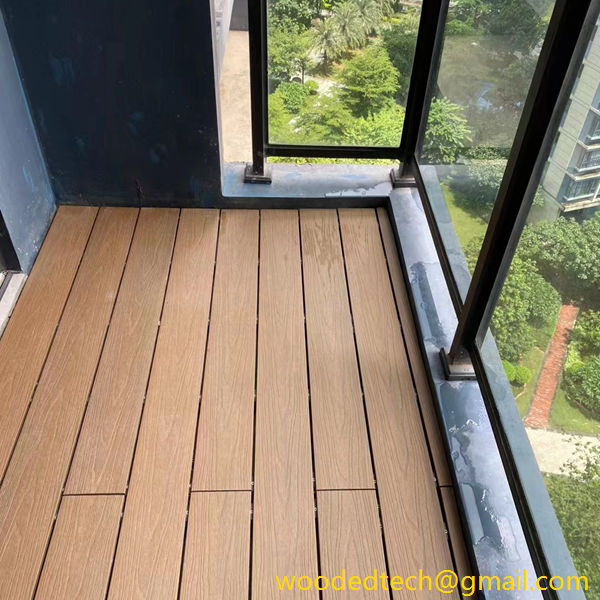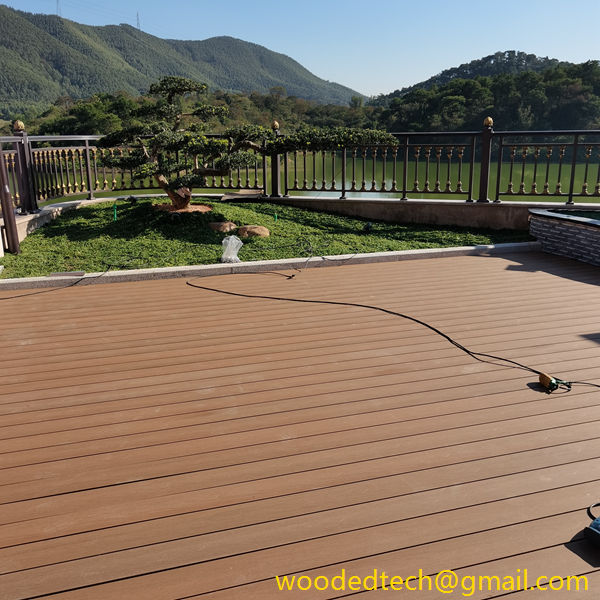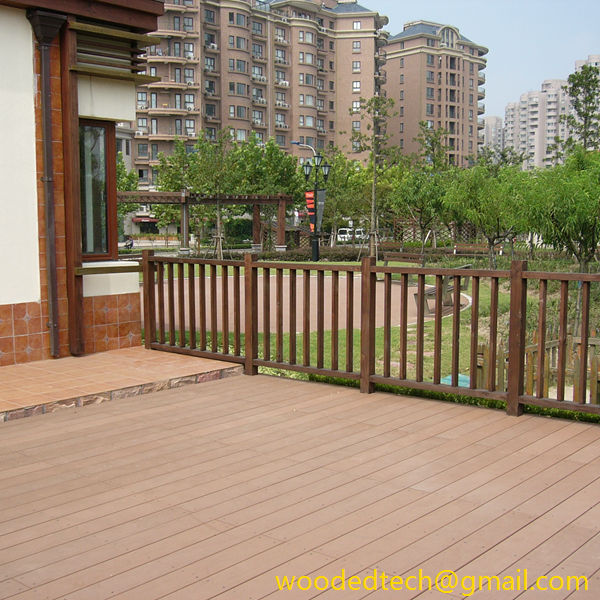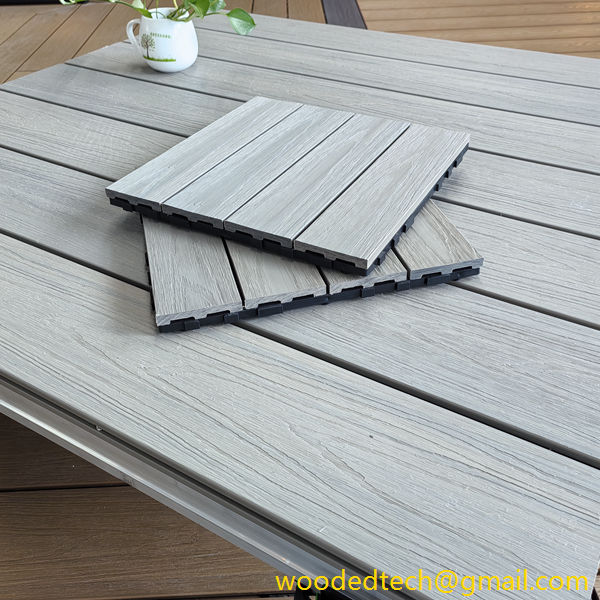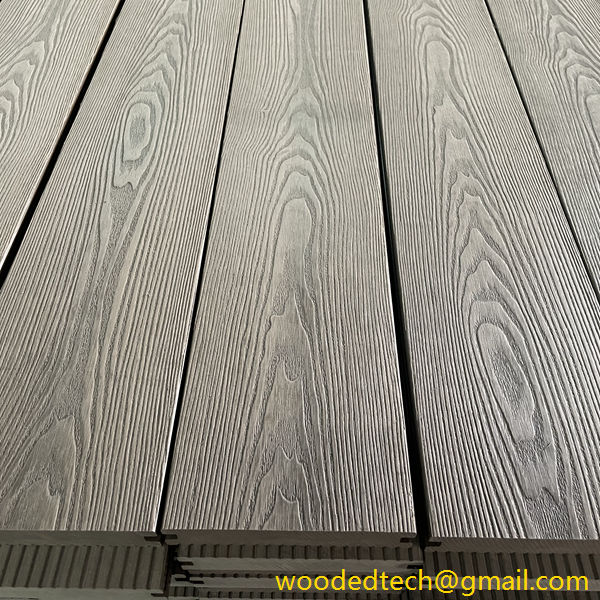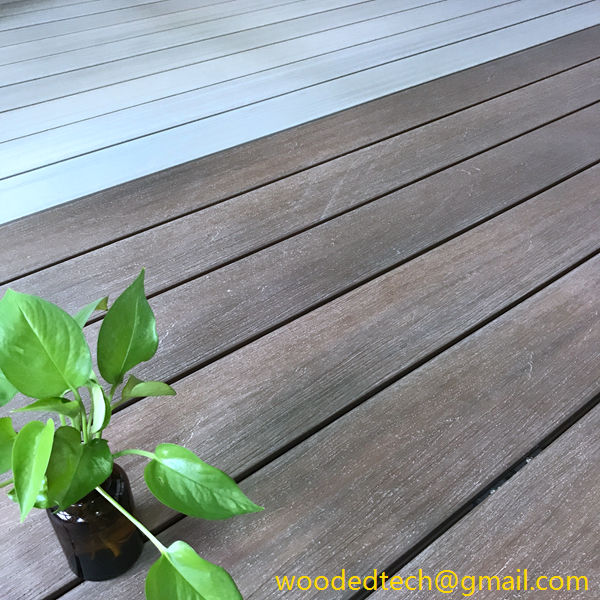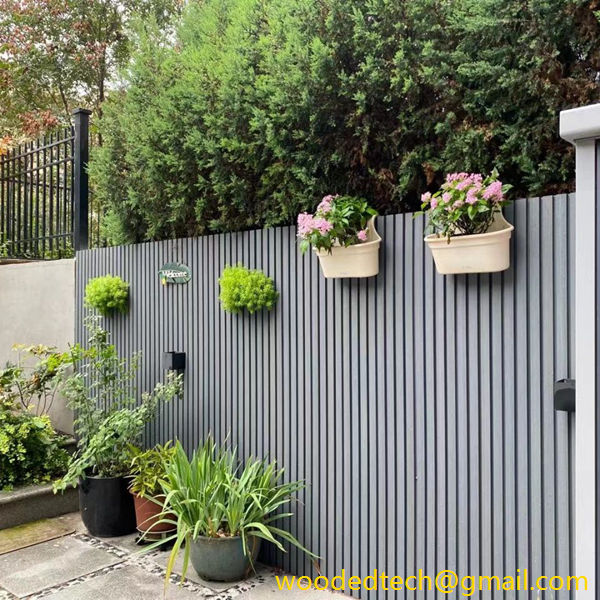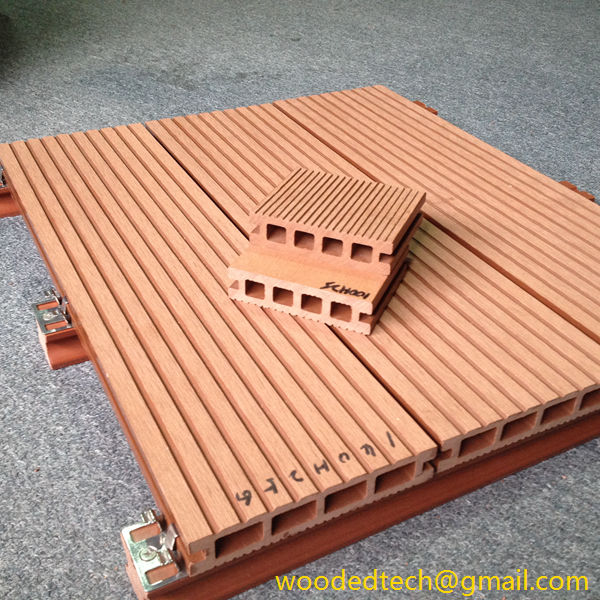Garden Composite Decking: Explore the Versatility of Garden Composite Decking for Your Landscape
Garden Composite Decking: Explore the Versatility of Garden Composite Decking for Your Landscape In recent years, garden composite decking has emerged as a popular choice for homeowners looking to enhance their outdoor spaces. This innovative material, made from a blend of wood fibers and recycled plastic, offers a range of benefits that traditional wood decking…
Garden Composite Decking: Explore the Versatility of Garden Composite Decking for Your Landscape
In recent years, garden composite decking has emerged as a popular choice for homeowners looking to enhance their outdoor spaces. This innovative material, made from a blend of wood fibers and recycled plastic, offers a range of benefits that traditional wood decking simply cannot match. When considering the versatility of garden composite decking, it is essential to explore its production technology, durability, aesthetic appeal, and environmental impact.
One of the most significant advantages of garden composite decking is its production technology. The manufacturing process begins with the careful selection of raw materials, primarily wood fibers and recycled plastic. The wood fibers provide the natural look and feel of traditional wood, while the plastic component enhances durability and resistance to moisture. During production, these materials are combined and extruded to form boards that can be cut and shaped to fit various designs. This process not only reduces waste but also allows for the creation of a product that offers the best of both worlds: the beauty of wood and the longevity of plastic.
The versatility of garden composite decking extends beyond its production. The material can be used in a variety of applications, making it suitable for different landscaping projects. Homeowners can use composite decking to create patios, walkways, and even raised garden beds. The ability to cut and shape the boards means that they can be customized to fit any space, allowing for creative design solutions that meet specific aesthetic preferences. Additionally, composite decking can be installed in various patterns and configurations, further enhancing its adaptability to different landscapes.
Durability is another hallmark of garden composite decking. Unlike traditional wood, which can warp, crack, or splinter over time, composite decking is engineered to withstand the elements. It is resistant to moisture, which means it will not swell or rot even in humid conditions. Moreover, garden composite decking is impervious to pests such as termites and ants, which can wreak havoc on wooden structures. This durability ensures that homeowners can enjoy their outdoor spaces without the constant worry of maintenance and repairs that often come with natural wood products.
Aesthetic appeal is a significant consideration for homeowners when selecting materials for their landscaping projects. Garden composite decking is available in a wide range of colors and finishes, allowing homeowners to choose a design that complements their existing outdoor décor. The material can mimic the look of various wood species, from rich mahogany to rustic cedar, providing options for every taste. Additionally, many manufacturers offer textures that replicate the grain of wood, further enhancing the natural appearance of composite decking. This versatility in design means that garden composite decking can seamlessly integrate into any landscape, creating an inviting and stylish outdoor environment.
Another critical aspect of garden composite decking is its environmental impact. As sustainability becomes an increasingly important consideration for consumers, many are turning to eco-friendly products for their home improvement projects. Composite decking is often made from recycled materials, reducing the demand for virgin plastics and minimizing waste in landfills. Furthermore, the use of wood fibers sourced from sustainably managed forests ensures that the production of composite decking does not contribute to deforestation. By choosing garden composite decking, homeowners can enhance their outdoor spaces while making a positive contribution to the environment.
Maintenance is another area where garden composite decking excels. Traditional wood decking requires regular staining, sealing, and cleaning to maintain its appearance and structural integrity. In contrast, composite decking is designed to be low-maintenance. A simple wash with soap and water is often all that is needed to keep the surface looking fresh. This ease of maintenance not only saves time and effort but also contributes to the longevity of the material. Homeowners can spend less time maintaining their outdoor spaces and more time enjoying them.
In conclusion, garden composite decking represents a significant advancement in material production technology, offering a versatile, durable, and aesthetically pleasing solution for outdoor landscaping. Its unique blend of wood fibers and recycled plastic provides homeowners with the best of both worlds: the beauty of natural wood combined with the resilience of synthetic materials. The adaptability of composite decking allows for a variety of applications, from patios to walkways, while its resistance to moisture and pests ensures long-lasting performance. Furthermore, the wide range of colors and finishes available makes it easy to find a design that complements any landscape.
As sustainability continues to influence consumer choices, the eco-friendly aspects of garden composite decking make it an attractive option for environmentally conscious homeowners. With minimal maintenance requirements and a commitment to using recycled materials, composite decking allows individuals to enhance their outdoor spaces while reducing their ecological footprint. In summary, garden composite decking is a smart investment for anyone looking to create a beautiful and functional outdoor environment that stands the test of time.

